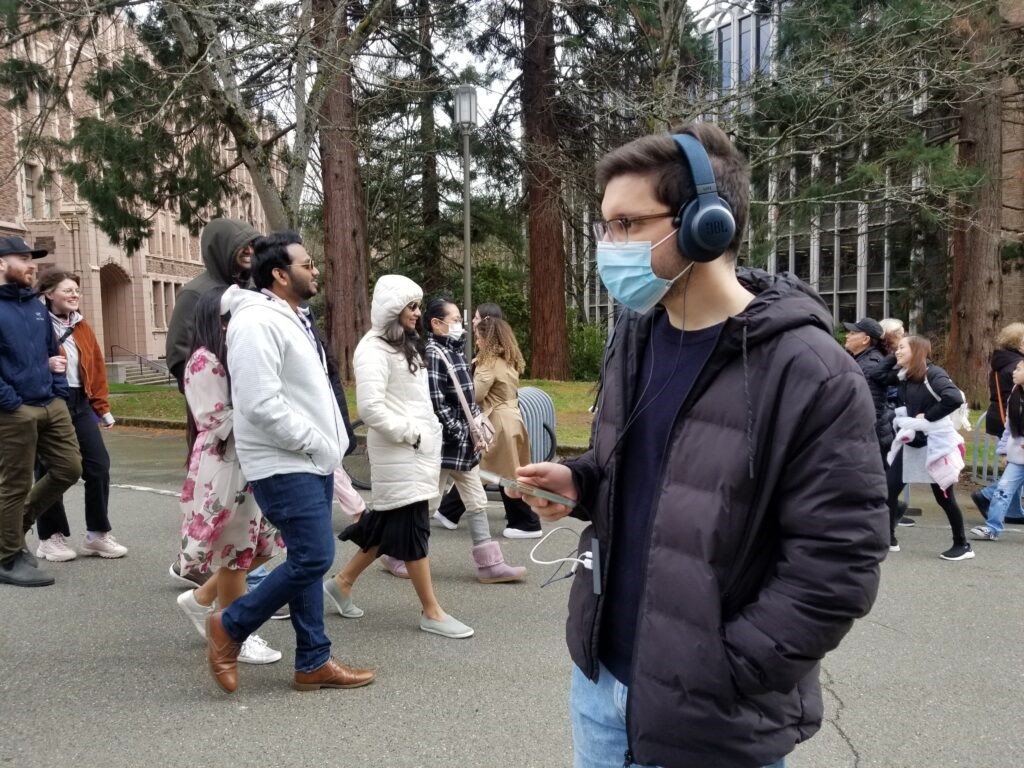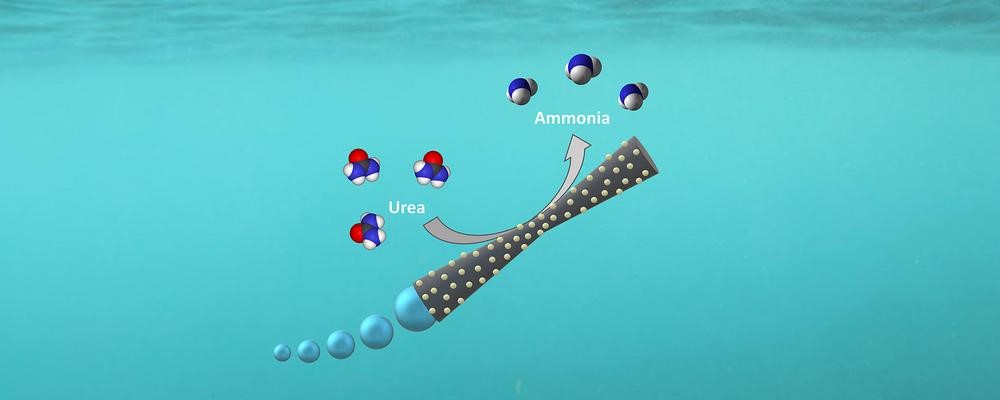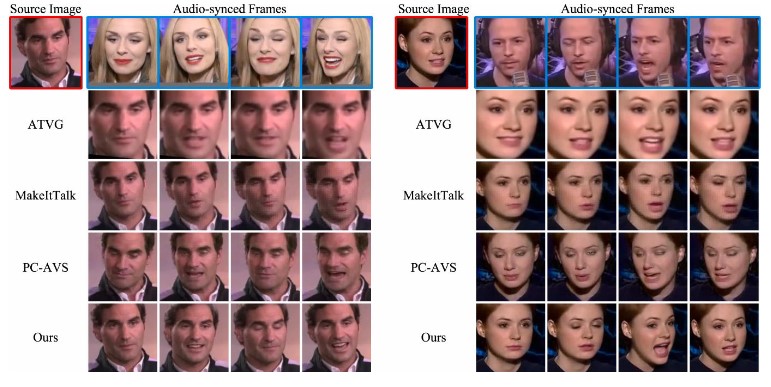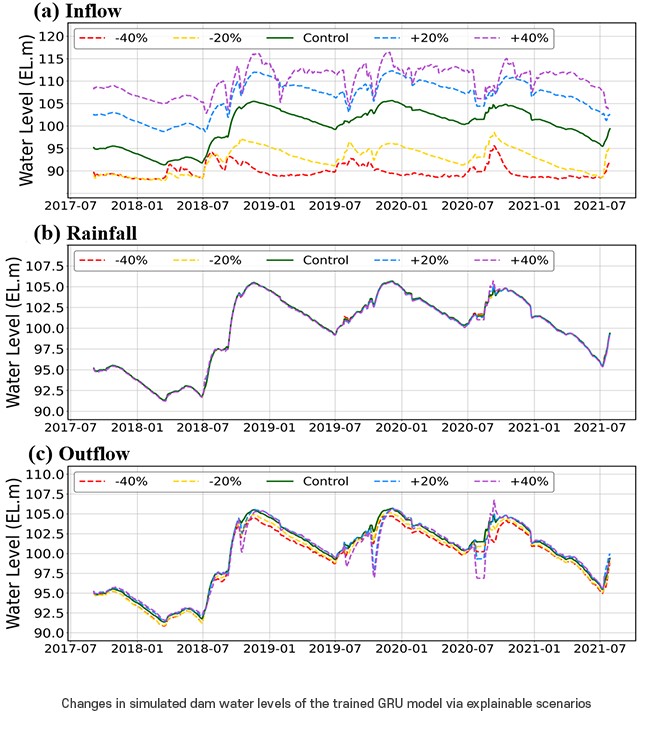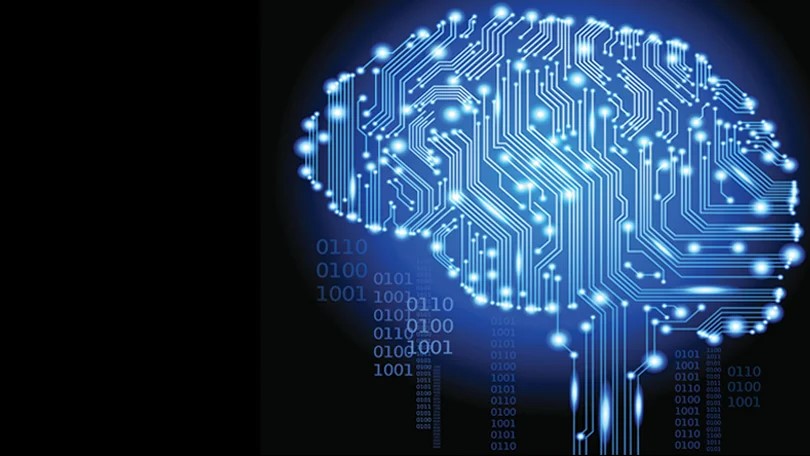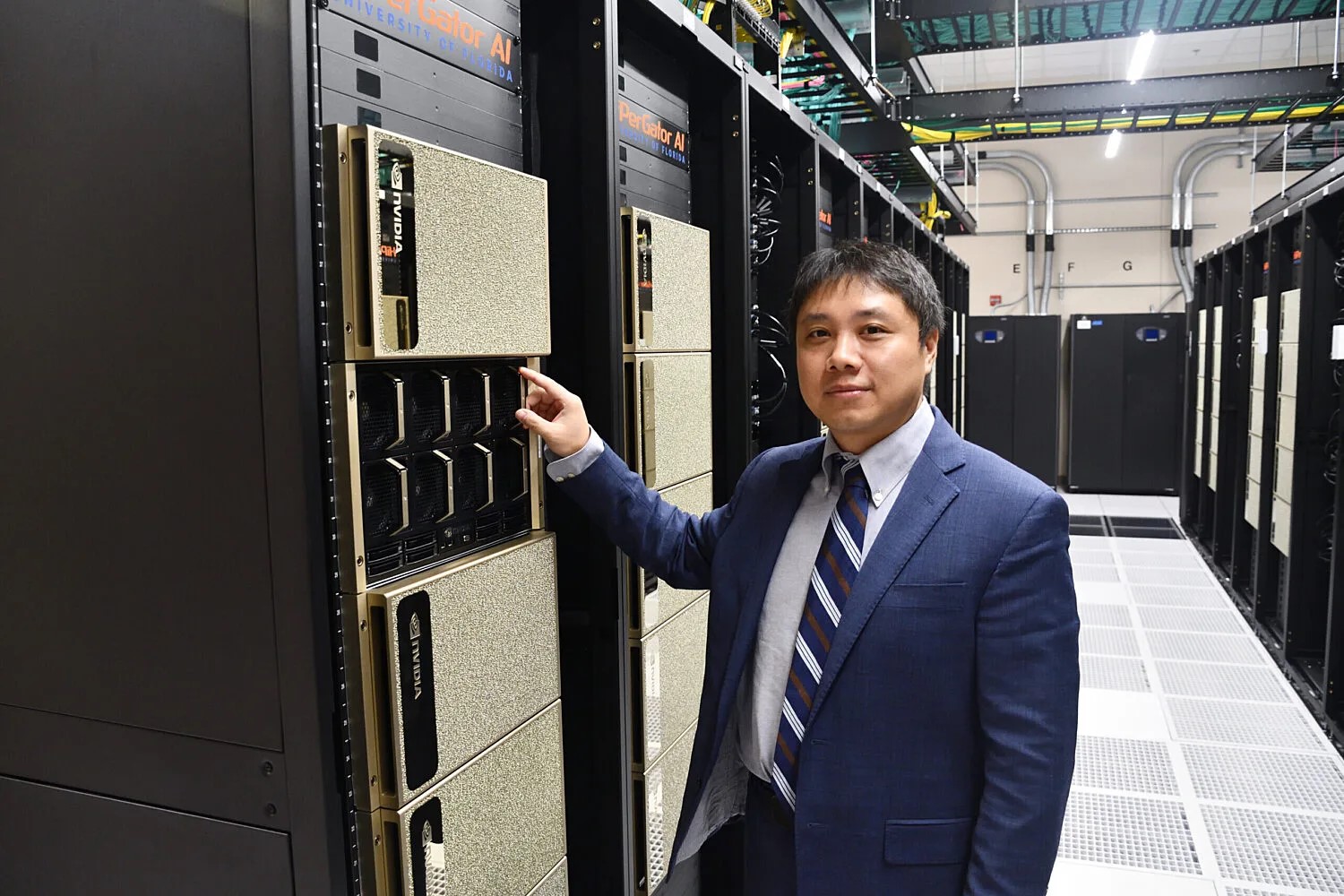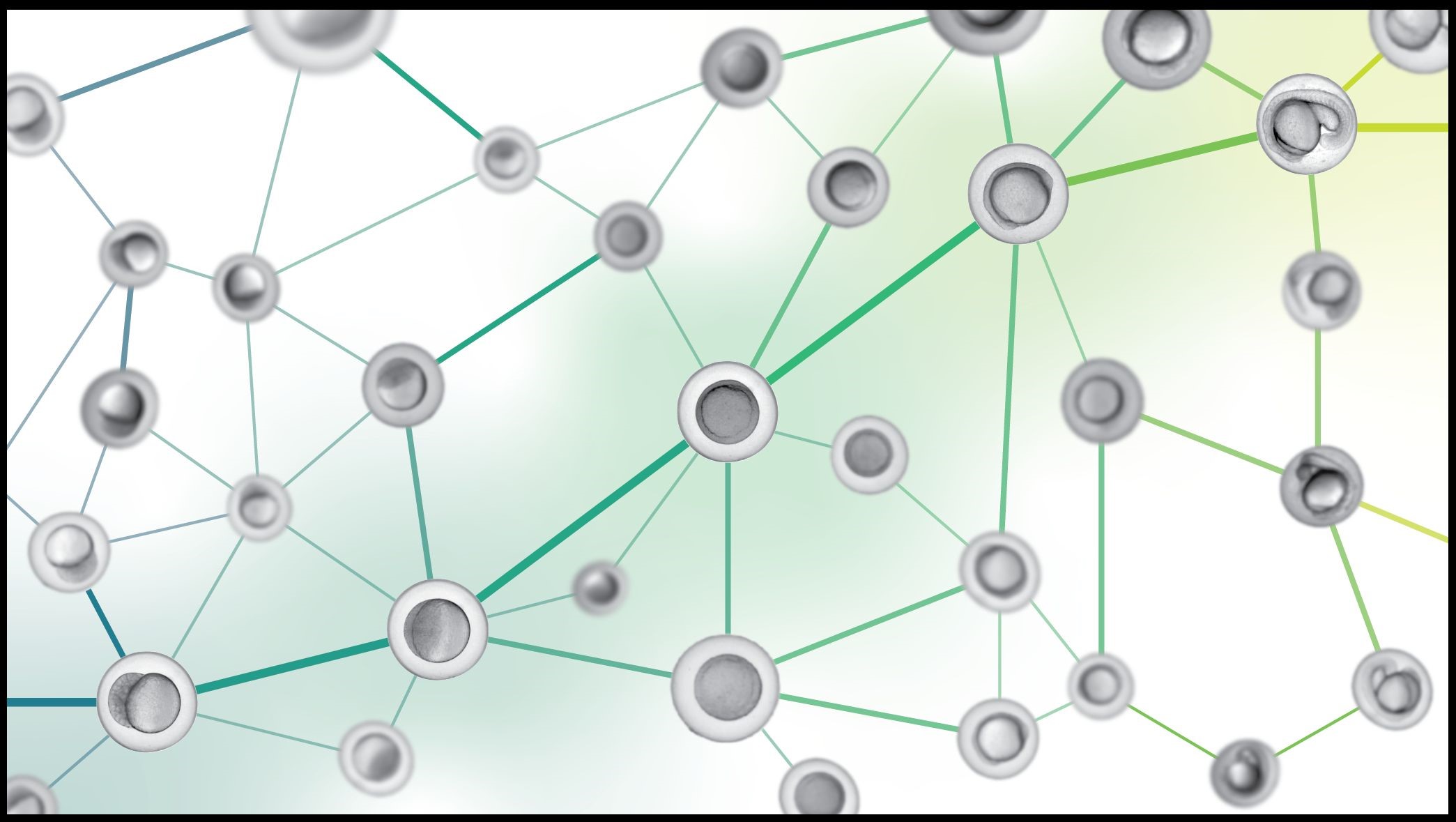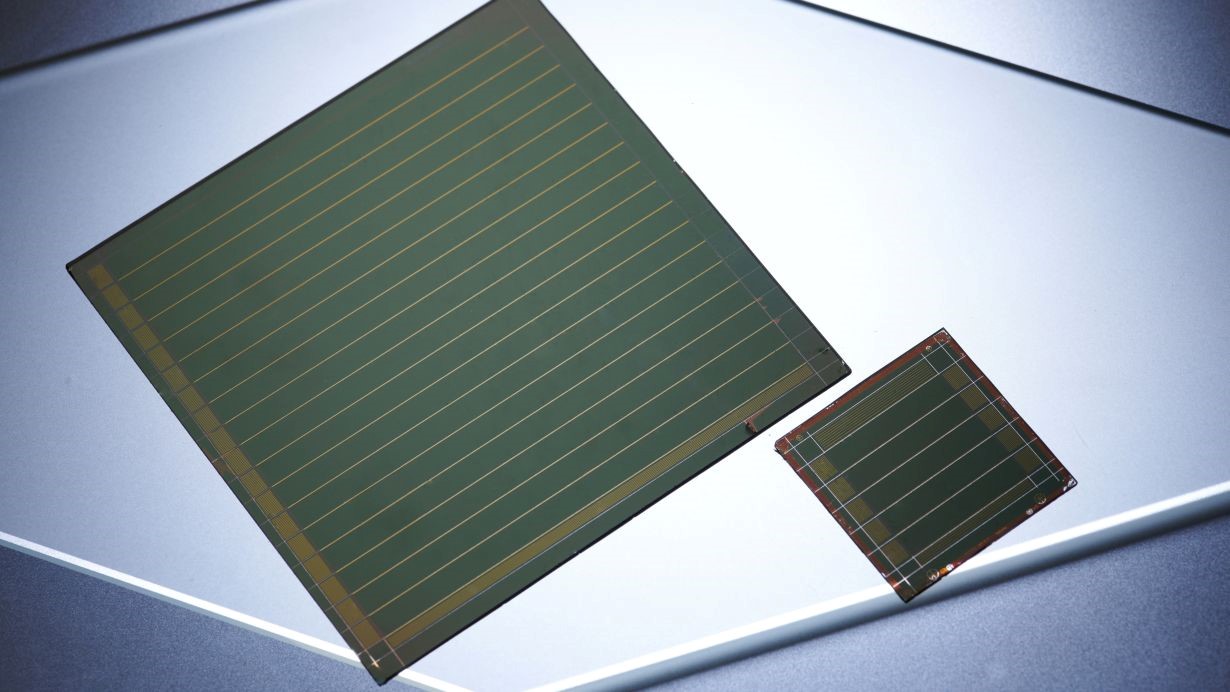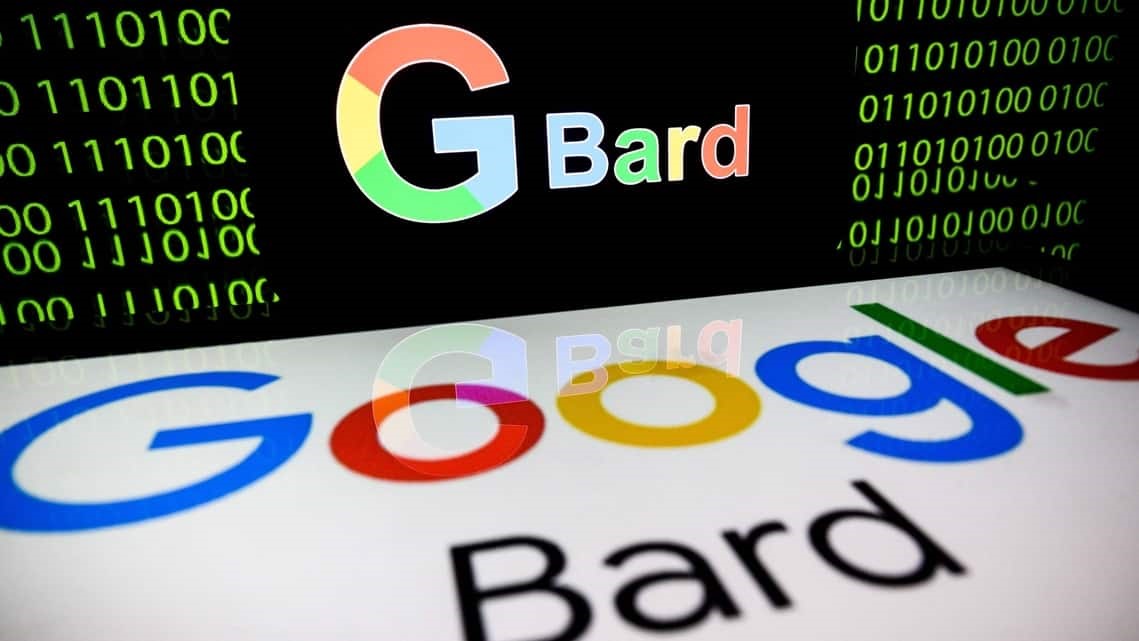Unveiling the Secrets of Ancient Cuneiform Tablets: AI Breakthrough in Deciphering Millennia-Old Texts
In a groundbreaking collaboration between Martin Luther University Halle-Wittenberg (MLU), Johannes Gutenberg University Mainz, and Mainz University of Applied Sciences, a team of researchers has unveiled a cutting-edge artificial intelligence (AI) software that revolutionizes the deciphering of challenging cuneiform texts. This innovative approach, utilizing 3D models instead of conventional photos, marks a significant leap forward in unlocking the mysteries of ancient civilizations.
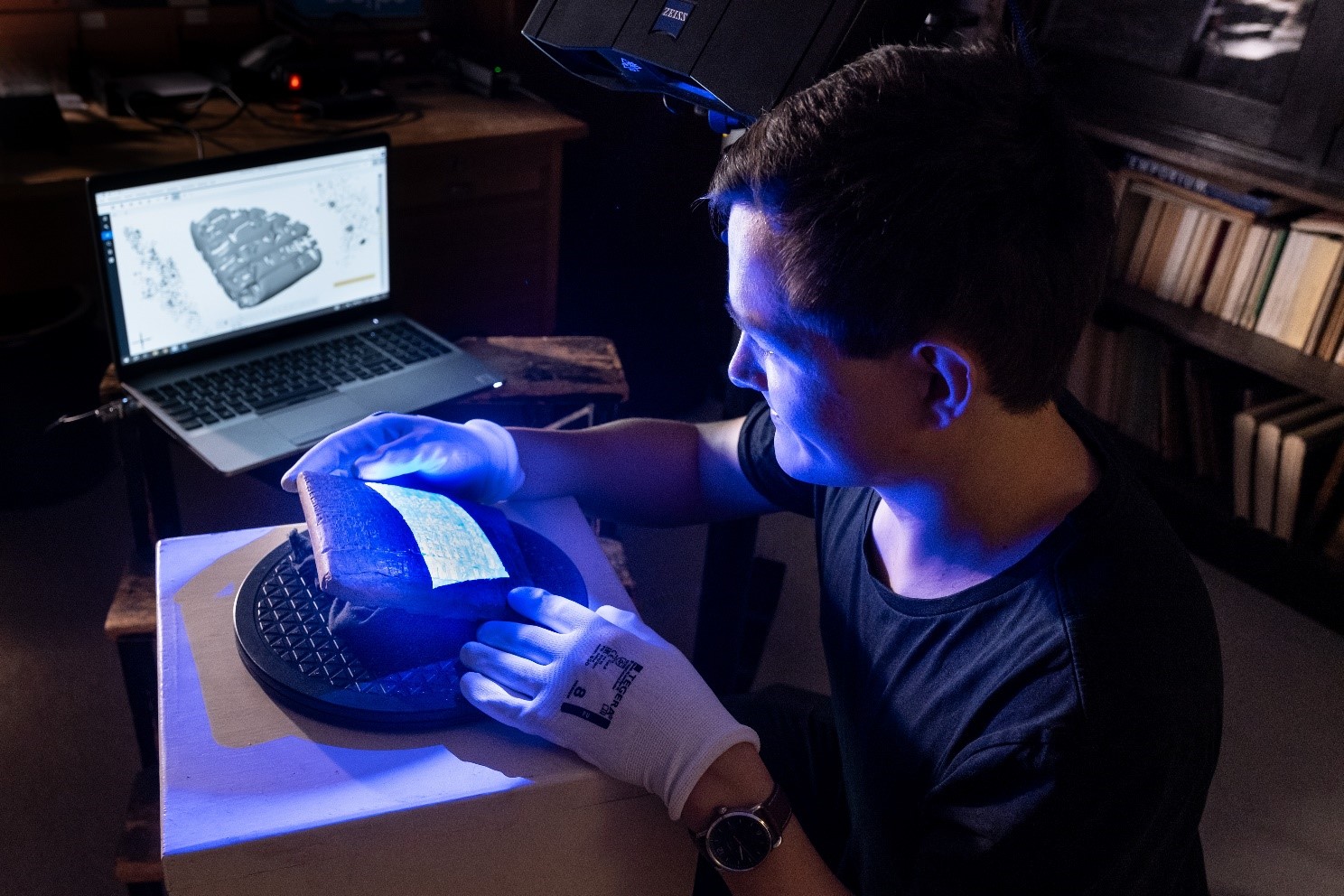
Figure 1. Ernst Stötzner during scanning. (Credit: Martin-Luther-Universität Halle-Wittenberg)
The Challenge of Cuneiform Tablets
Figure 1 shows the scanning. Cuneiform tablets, dating back over 5,000 years, represent some of humanity's earliest written records. Ranging from shopping lists to court rulings, these weathered chunks of unfired clay bear witness to a wide array of historical narratives. However, decoding them has been a formidable task due to the tablets' degradation and the intricacies of the ancient writing system, spanning multiple languages.
The Breakthrough
The research team, led by Assistant Professor Hubert Mara at MLU, devised an ingenious solution: an AI system based on 3D models of nearly 2,000 cuneiform tablets. Unlike previous methods, this approach enhances reliability and facilitates the comparison of tablet contents. The AI system, analogous to optical character recognition (OCR) software, converts 3D scans into machine-readable text, overcoming challenges posed by lighting conditions and viewing angles.
Training the AI
To develop the AI software, the team utilized three-dimensional scans and additional data, generously provided by Mainz University of Applied Sciences. The AI system was trained to recognize symbols on the tablets, demonstrating surprising efficacy even with lower-quality photographs. Though currently designed for two languages, the prototype opens the door to deciphering the twelve known cuneiform languages in the future.
Unlocking New Avenues of Research
This breakthrough not only facilitates the exploration of existing cuneiform collections but also sparks curiosity about previously inaccessible materials. With the potential to decipher weathered inscriptions, such as those found in cemeteries, the AI software holds promise for unveiling three-dimensional scripts beyond cuneiform.
The marriage of AI and 3D modeling has breathed new life into the study of ancient cuneiform tablets. As this technology evolves, the potential for unraveling more linguistic mysteries and exploring untapped historical narratives becomes increasingly promising. The journey to decode humanity's past takes a quantum leap with each technological stride, bringing us closer to the untold stories hidden within the clay tablets of antiquity.
Source: Martin-Luther-Universität Halle-Wittenberg
Cite this article:
Hana M (2023), Unveiling the Secrets of Ancient Cuneiform Tablets: AI Breakthrough in Deciphering Millennia-Old Texts, AnaTechMaz, pp. 338



